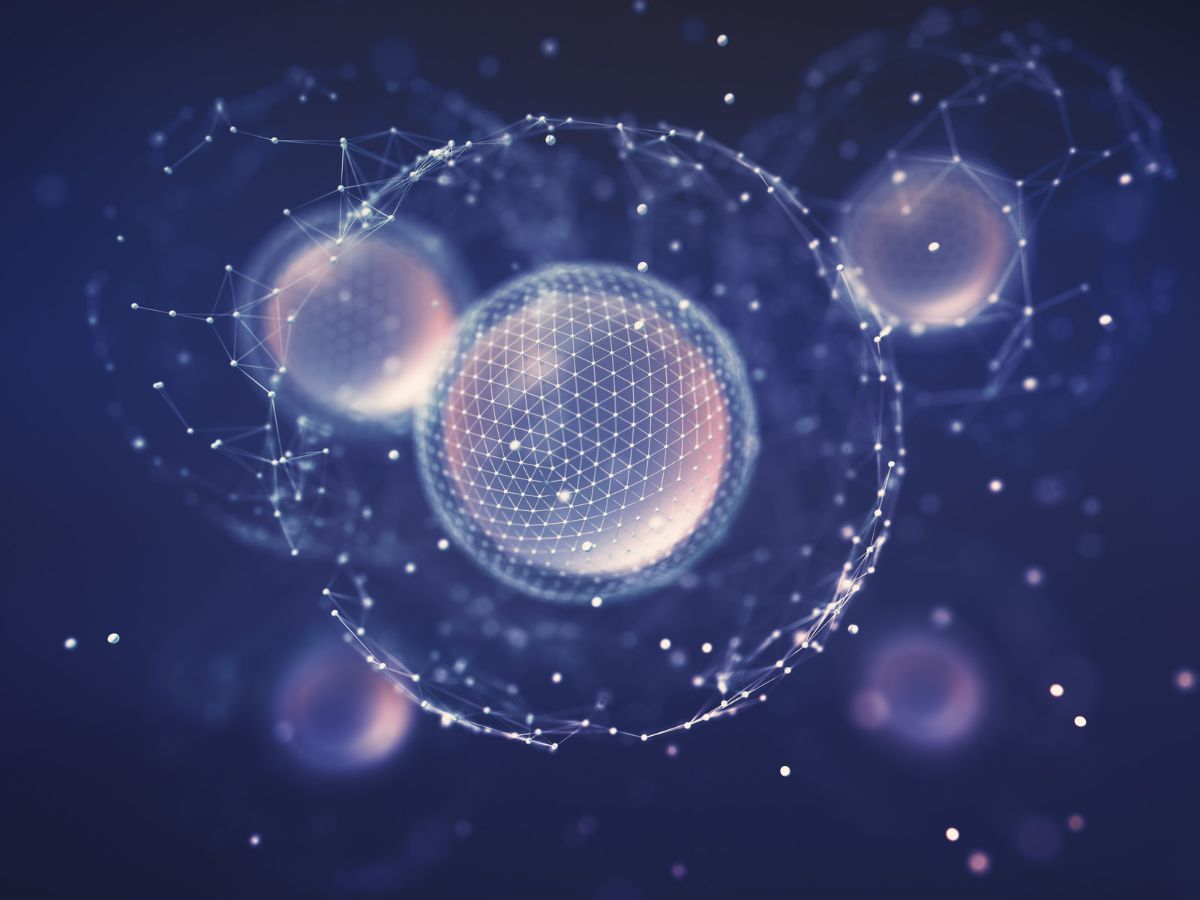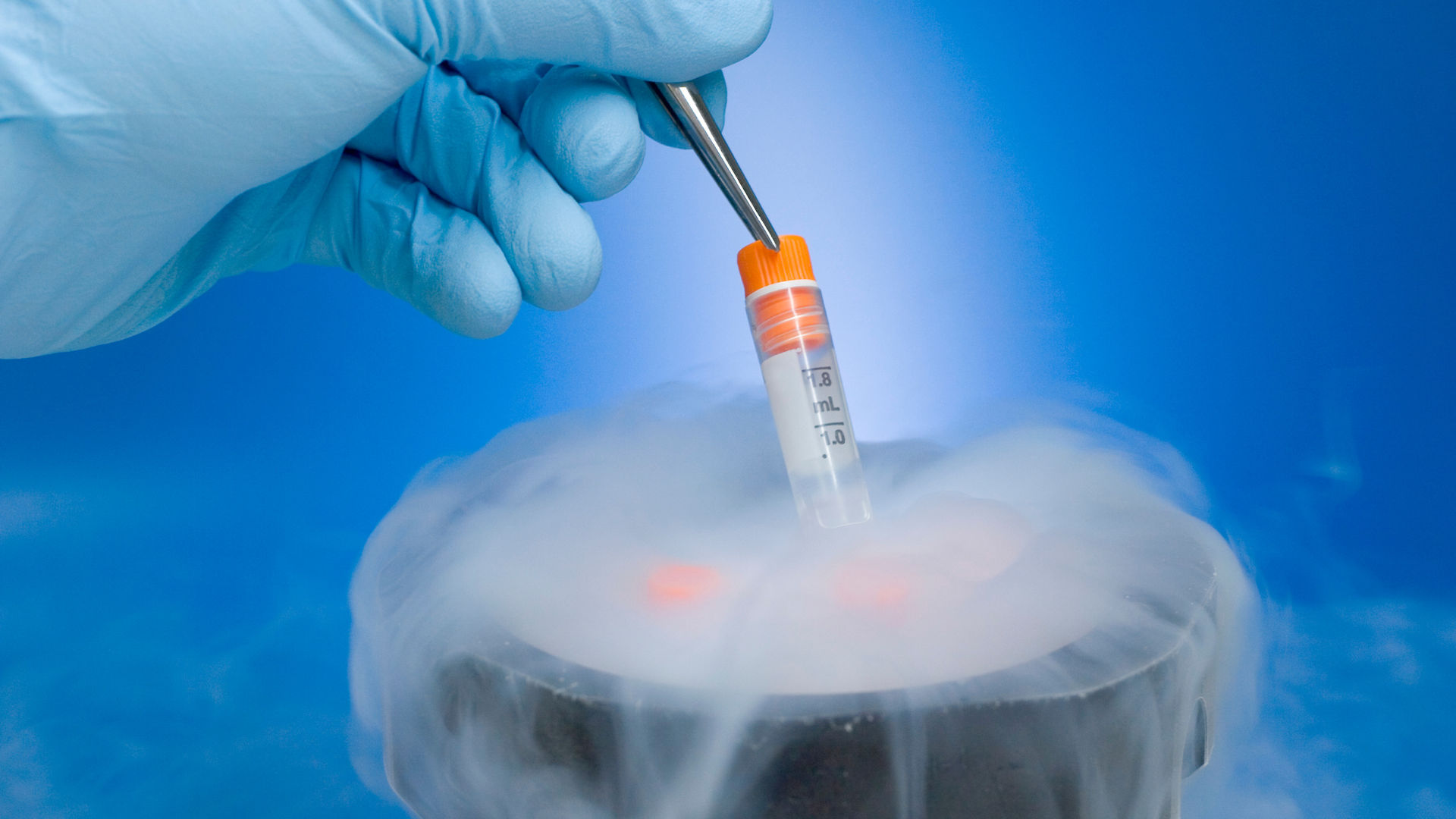Investigating Organoids and Spheroids as 3D Culture Systems

3D culture systems, such as organoid models, spheroid models, and organ-on-chip models, have in various ways allowed for the recreation of the architecture and physiology of human organs.
Historically, advances in biological research have relied considerably on animal models, which have posed challenges specific to improving on understandings of human biology and disease.
Alternative approaches like human organoids – stem cell-derived 3D culture systems – have facilitated the recreation of the architecture and physiology of human organs.
These models can be used to study diseases and genetic disorders, as well as for assessing the response of human tissue to novel drugs and therapeutics.
Organoids and Spheroids as 3D Culture Systems
In the context of 3D cell cultures, organoids and spheroids are two sides of the same coin.
Cells established from a patient tumour have several similarities to the original tumour tissue, which confers advantages in conducting basic and clinical cancer research.
Spheroids – round cellular units cultured as free-floating aggregates – are of a lower structural complexity than organoids, but represent a simple and popular model for drug screening.
The applications of spheroids and organoid culture models can overlap, differing with regard to the sources of tumour cells.
Organ-on-chip models complement organoid and spheroid models, allowing for a replication of the critical physiological environment and functions of human organs.
All three approaches show great potential in simulating the human environment without the disruption associated with other diagnostic approaches such as tissue biopsy.
Applications of 3D Model Approaches
Some of the main applications of 3D cell models are in the preclinical stages of drug development, where they can function as a mock cellular system.
Most potential drugs are eliminated due to adverse reactions in the clinic; animal models, meanwhile, do not accurately predict how drugs will react in humans.
Microfluidic organ models are useful in assisting the drug design process, which can greatly improve the credibility of in vitro drug screening.
As organoid models and cell cultures are derived from a range of organs and tissues, they can be cultured to recreate a specific cellular environment.
This diversity in starting material lends itself to a multitude of applications, including in disease modelling, drug screening, toxicity assays, and biobanking.
Cells from specific disease and cancer donors can be isolated to enable the development of a suitable response, opening up the possibilities for their use in personalised medicine.
Spheroid model applications include monitoring the physicochemical environment.
Broadly speaking, three-dimensional cultures enhance the applicability of stem cells by increasing the efficiency of the culture the cells are contained within.
Nuances and Limitations with 3D Cell Models
With regard to spheroid models, the lack of a vascular system can be a constraint as the cells keep growing.
Hypoxia and necrosis can result in the spheroid cell centre on account of the limited concentration of oxygen at its core.
However, this limitation offers a utility of its own, as the form of spheroids makes them particularly suited for studying cancer – particularly tumour signalling pathways and structures.
Overall, three-dimensional cultures enhance the applicability of stem cells by increasing the efficiency of the culture within which they're contained.
Spheroid culture systems are an attractive method for overcoming the limitations of traditional monolayer cultures.
Want to receive the latest industry announcements on cell manufacture and development? Sign up for our Cell series newsletter to get up-to-date news each month. If you'd like to know more about our upcoming Cell UK conference, visit our event website to download an agenda and register your interest.








